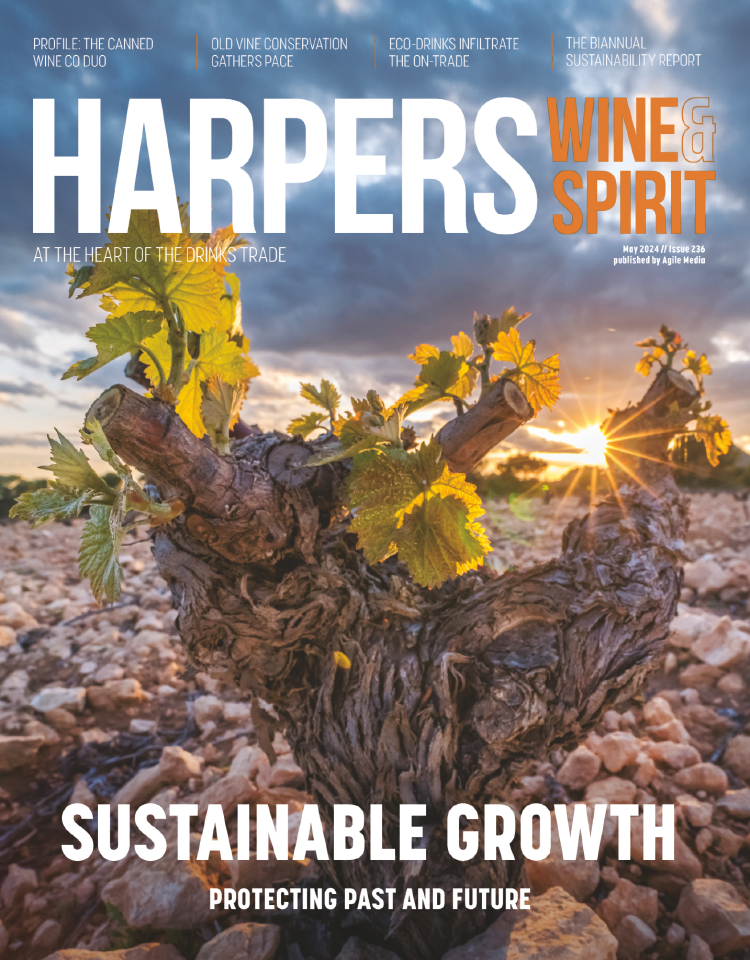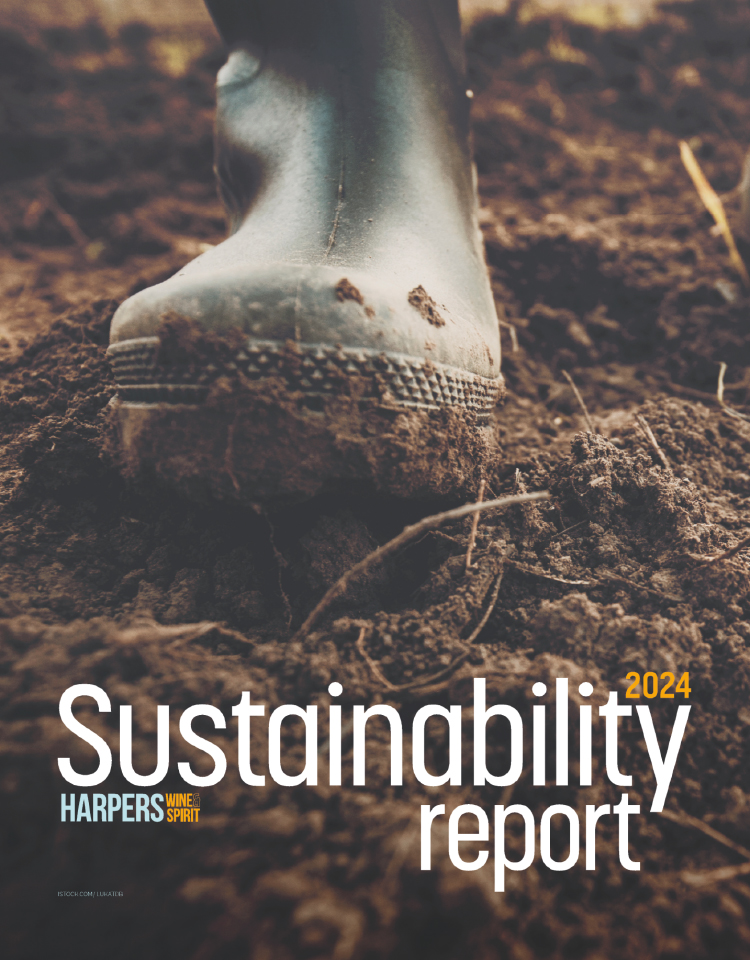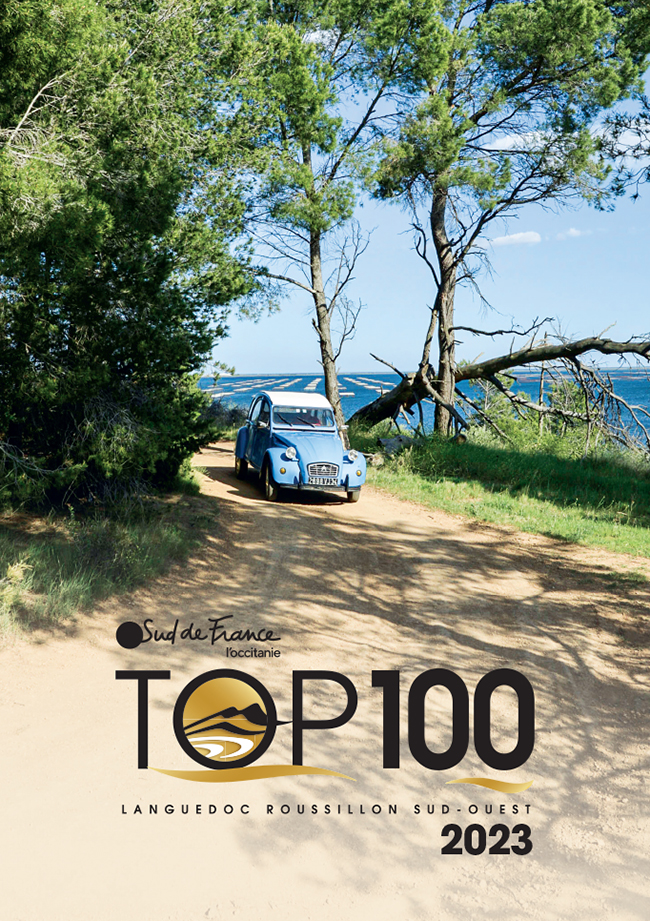
Bulk matters
An increasingly sophisticated and sustainably focused bulk wine sector is in global ascendancy and it is increasingly shaping the world’s wine market, including the premium end.
It’s easy to forget that the globalisation of wine – at least on the scale witnessed today - is a reasonably recent phenomenon and that the market for bulk is still very much evolving. Throughout the 1900s and well into the twentieth century the volumes of all wines shipped around the world remained small compared with domestic consumption in the major wine producing countries. And bottled wine was dominant at all but the cheapest level.
Fast forward to 2017, though, and while all wine exports have grown significantly, the bulk wine sector now accounts for 40% of wine exports worldwide (WBWE: Anderson and Penilla, 2017). And a host of New World countries such as Chile, Argentina, South Africa and Australia are very much in the game, with increasingly thirsty BRIC and other emerging markets adding to global demand.
This message was delivered at the recent World Bulk Wine Exhibition (WBWE) in Amsterdam, where the secretary general of the Spanish Wine Federation and soon-to-be-president of the OIV, Pau Roca, highlighted just how far and how fast the globalisation of the wine market has come. It is also a sector increasingly servicing the mid-to-premium level, overturning the image of bulk being lower shelf filler.
Outlining how supply and demand is now in better equilibrium, with the near parity delivered by the recent global vintage shortfalls overturned by more generous (or rather normal) volumes, up 20% in 2018 over the very low volume 2017 harvests, Roca drew on OIV figures to show how almost all top producing countries continue to increase their exports of wine.
In turn, he highlighted the growing role of wine hubs, such as United Kingdom, Hong Kong, Singapore and the Netherlands, which act as major redistributors to other markets around the world. And - no surprise - growth in wine consumption continues to shift from traditional European markets to those of the Americas, Eastern Europe and Asia, with African and Pacific territories also picking up speed.
The implications of all this were apparent talking to exhibitors on the floor at WBWE – an event celebrating just 10 years in existence, yet which now claims to play host to representatives of 75% of the bulk that is exported worldwide, drawn from 15 countries, and which has been growing at 20% year-on-year since its inception.
With supply and demand in much better balance, prices have fallen dramatically from their peaks on the back of the 2018 shortfalls.
Mark Roberts, director of sales at UK-based Lanchester Wines, said that while prices for entry level Australia, buoyed by copious thirst in China and Asia, have “slightly hardened”, prices for most major exporters, including Chile and Argentina, have “seen price soften considerably this vintage, with 20% on key lines”, adding that these producers are now taking a “proactive approach, to reassert themselves in the premium bulk arena”.
Such premium ambition was evident from a swathe of large and smaller private bulk suppliers and brokers at WBWE, many of whom have been working to overturn the somewhat outdated prejudice that bulk wine is primarily lower quality, entry level fare.
As Blandine Philibert, WBWE organiser with responsibility for France, told Harpers: “With France the ranging of [bulk] sales is 50% entry level, 40% middle market wines and 10% premium – and the middle is increasing a lot.”
Much of this more premium demand is being driven by the growth of newer markets in Asia, including China, all of which has prompted WBWE to launch a show in Shanghai in 2019. However, buyers in the West are also increasingly sourcing bulk wine to fill higher positioned slots in their portfolios.
“There is much greater fluidity in the bulk market … it’s not just about big producers and big buyers, but everyone, whether a buyer for a restaurant group or a specialist buyer,” said Catherine Mendoza, who oversees the bulk-driven, yet quite premium bag-in-box dominated Scandinavian market for broker Ciatti.
Such formats, she added, will drive further growth in quality bulk as they become more accepted elsewhere, and with younger generations.
Others, such as Jim Moularadellis, who’s job description at bulk specialist Austwine is chief enthusiasm officer, echoed Mendoza’s comments, saying that in a volatile market “a return to sustainable value” for the Australian industry is helping key players to focus on “the challenge of maintaining stable value and focusing on premium wines – it’s important to have this USP to differentiate what we do in the market”.
Given the sustainable, more eco-friendly nature of bulk, plus the growth in acceptance of alternative packaging around the globe (such as bag-in-box, pouches, cans, etc) that plays into the hands of those selling premium bulk wines, the flexibility that Mendoza describes is further establishing bulk in the mainstream.
Couple this with the unquestionable advances in technology that ensures bulk wine reaches its purchaser in tip top condition, and that 40% share of the world export market looks set to bypass traditionally bottled wine very soon.
Anyone asking the question as to whether bulk can become the new standard for mid-market and even premium wine may have missed the memo. Bulk is already a mainstay in this arena and growing fast.
Roberts emphatically agreed: “Definitely - we went around a few years ago [pushing] the idea of boutique bulk, and we now work across every level within the UK wine market. The reality with bulk is that quality levels have stepped up and while we still buy [wines like] Chilean Sauvignon Blanc and Merlot at entry level, we also source premium Pinot Noir from Australia and high-end Malbec from our partner in Argentina.”
With the evolution on the global export scene it’s no longer so much a case of ‘big can be beautiful’, but more one of bulk not needing to be big volume at all. And that could be a major benefit for an increasingly cost and climate sensitive trade and consumer.
Keywords:
- wine
- bulk
- supply
- Lanchester
- Mark Roberts
- cost
- Austwine
- Jim Moularadellis
- OIV
- WBWE
- World Bulk Wine Exhibition
- Ciatti
- global market
- Catherine Mendoza
- Blandine Philibert
- Pau Roca
- wine hub







